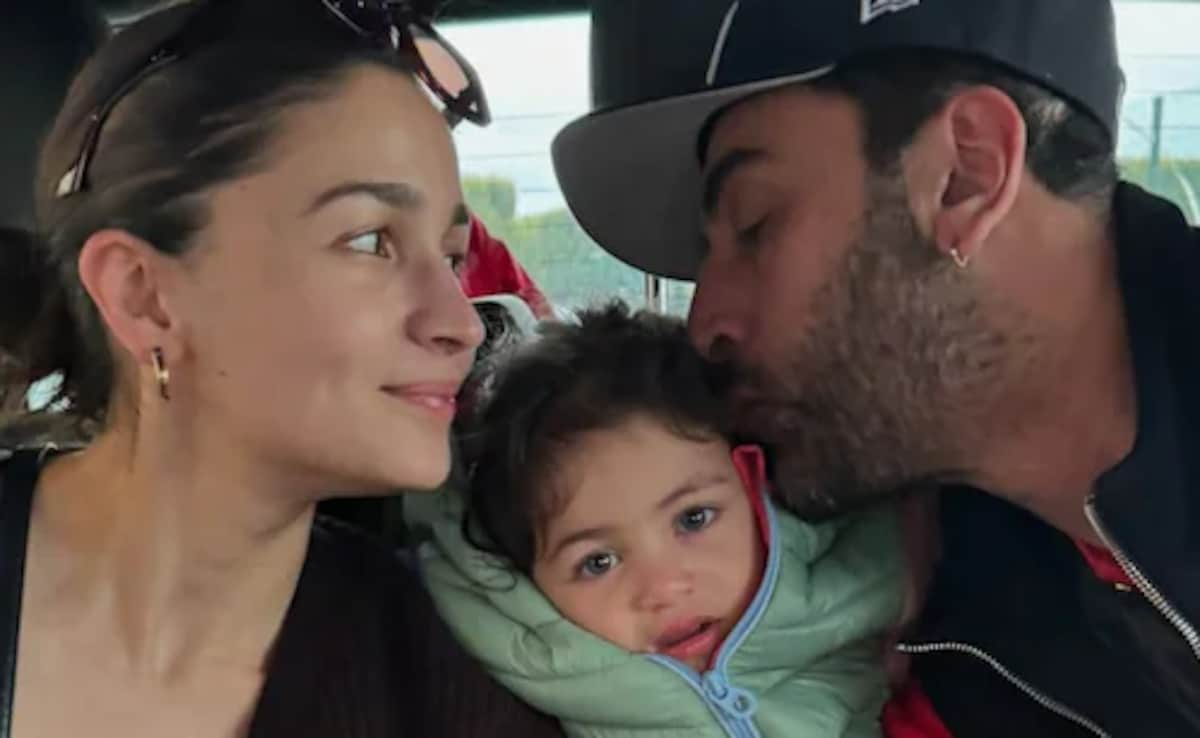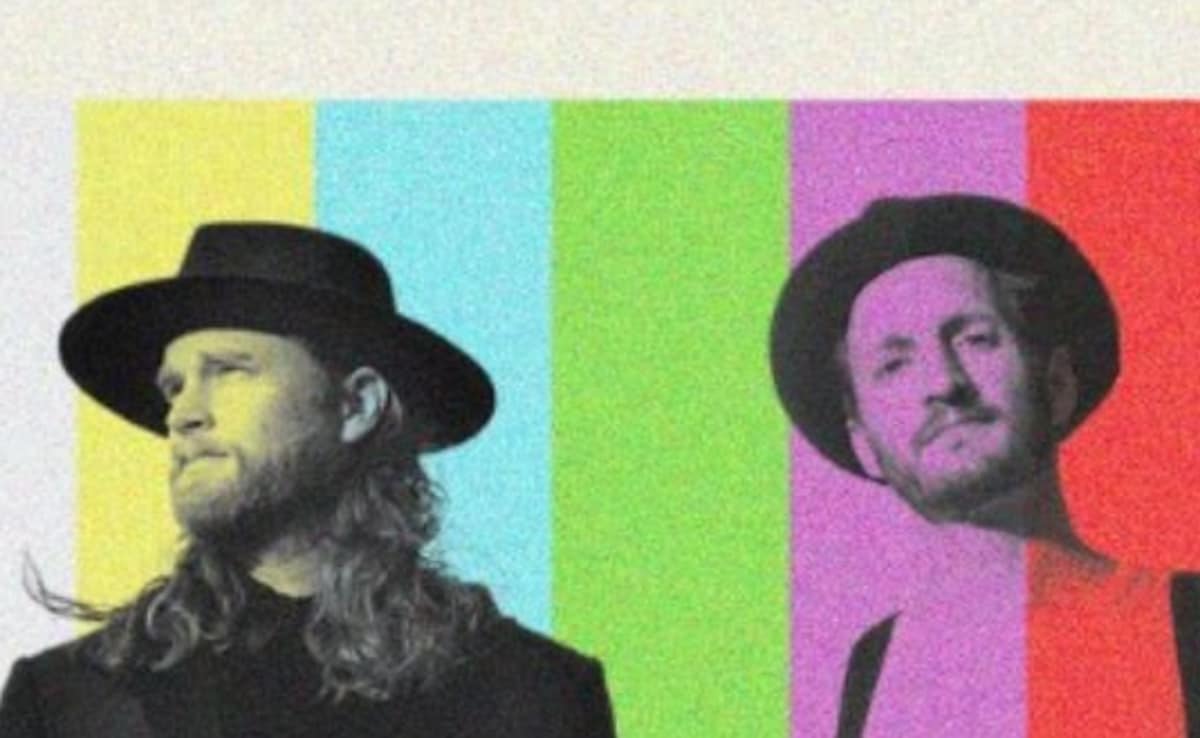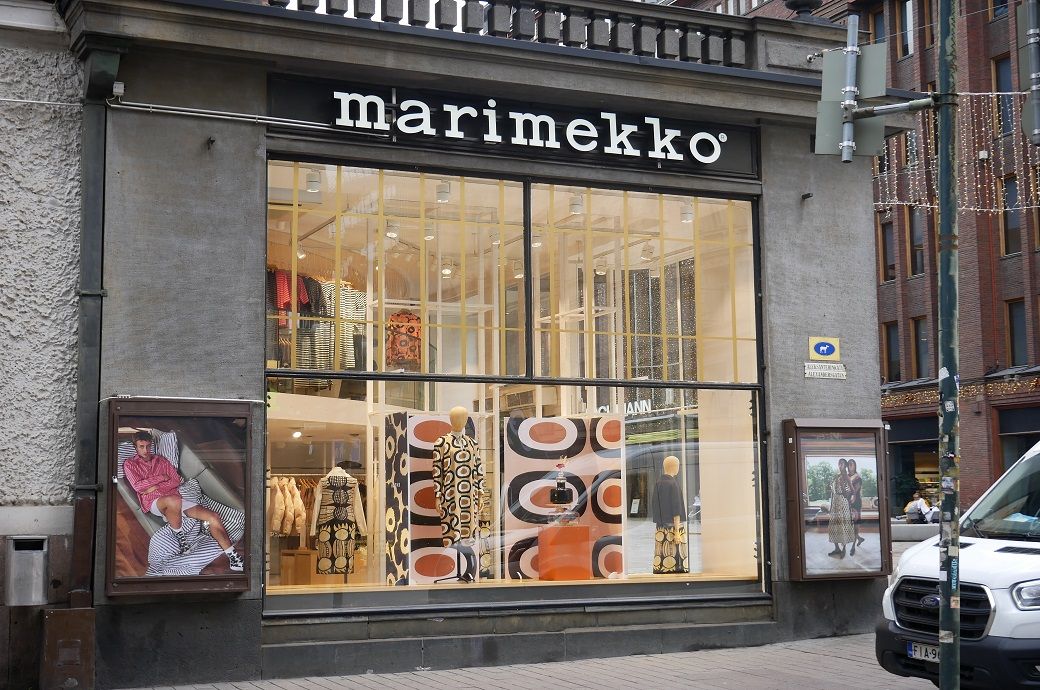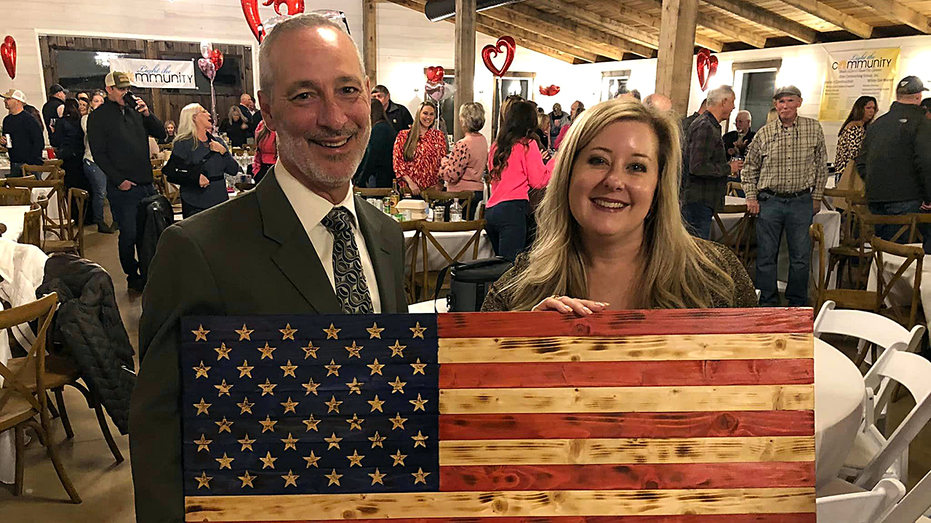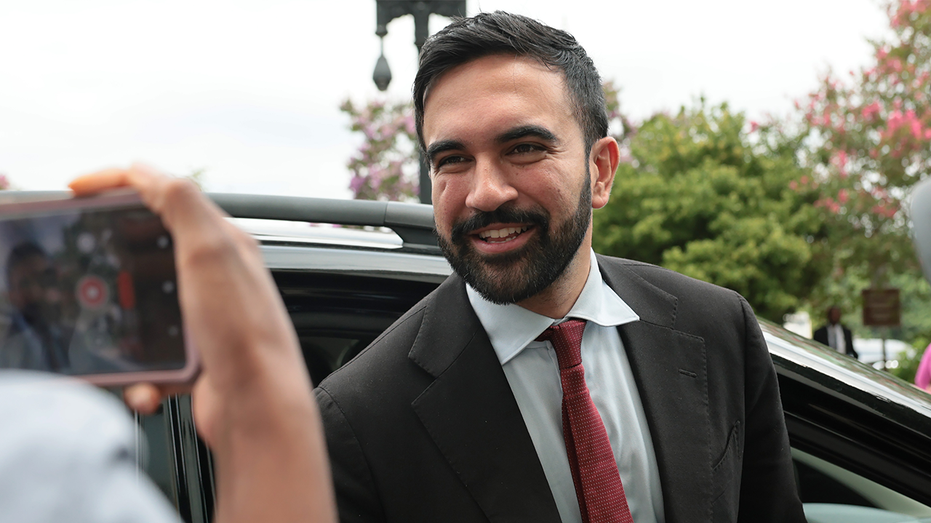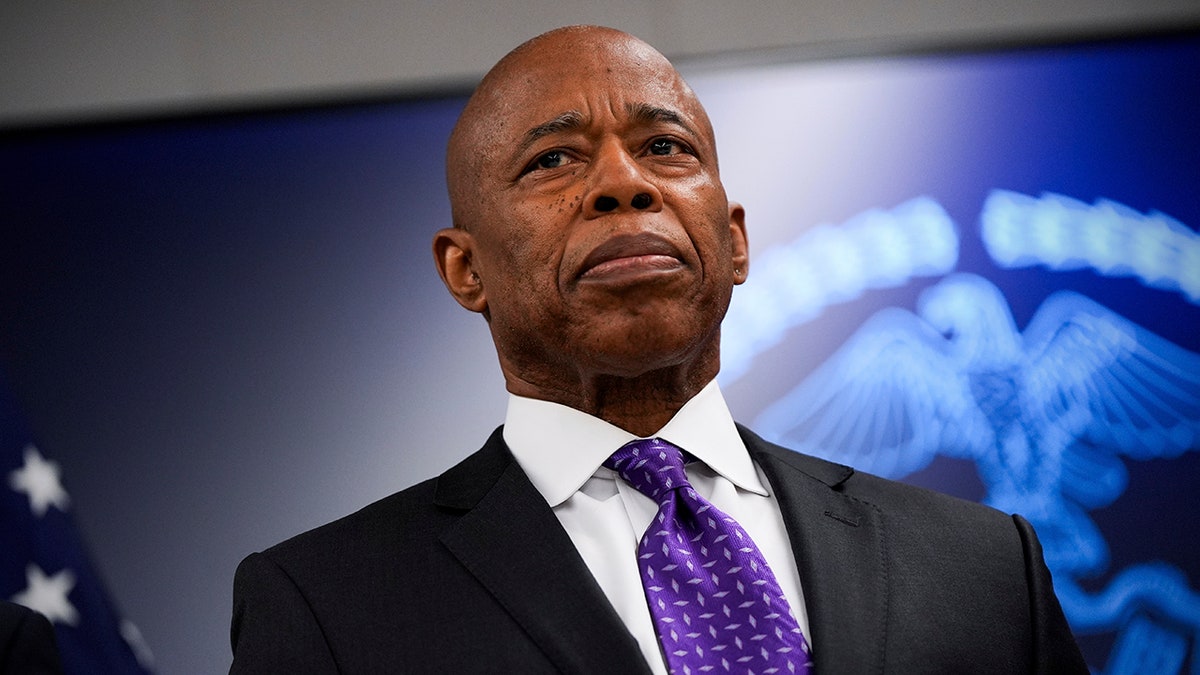Can nonprofit news mix with local TV? A Pennsylvania partnership aims to find out

One of my favorite Nieman Lab predictions in recent years came from Nik Usher, associate professor of communication studies at the University of San Diego.
The prediction, “The future-of-journalism crowd stops ignoring local TV news,” used the film Mean Girls as an analogy to describe local news types. Usher describes how the “freaks and geeks” of the local news system — reporters from local newspapers and local news nonprofits (present company very much included) — tend to disregard or turn their noses up at local TV news (“the Plastics”).
They shouldn’t. Though local broadcasters face their own challenges with changing technology and audience habits, television is the way most Americans prefer to get local news, Pew found in 2024. What’s notable about local TV isn’t just the scale of its reach, but who it reaches. Usher wrote:
Partnerships have been critical to expanding Spotlight PA’s reach and impact since the organization was founded in 2019, Baxter told me. Like many nonprofits dedicated to public service journalism, it takes the approach of sharing its reporting for free as widely as possible, with more than 100 local newsrooms across Pennsylvania — what it calls “the largest collaborative network of its kind in the U.S.” But much to his frustration, one kind of partnership eluded Baxter and Spotlight PA for years.“As we were coming up with the strategy and partner network, I knew the value proposition didn’t work for TV,” he said. “But I didn’t have any answer as to how to make it work for them and make it work for us.”
Because of local TV’s reach, though, Baxter (who has pushed beyond the “local news choir” in other ways, too) was on a “personal mission” to make something work.
TV news, he said, “figured out some things well before its time, about relationships with viewers” that build trust with large audiences. In some ways, it created the playbook for connecting personally with an audience that influencers have adapted for the 21st century.
“People are looking for a genuine relationship with a real person who has a personality, who’s in the community, who has their own quirks and interests,” he said. “This is what local TV news has always done.” What’s more, local TV provides useful information on topics like school closings, weather, traffic, and upcoming local events.
For years, Baxter tried to get TV news directors to sit down with him and flesh out some kind of model that could work for both parties — “it just wasn’t obvious on its face,” he said. But “people in TV are so busy, it was hard to get the time of day.” Finally, last year, he heard from Phil Dubrow, the vice president and general manager of Nexstar’s local TV station in Altoona. Dubrow had seen Spotlight PA’s reporting on the city manager of DuBois and reached out, wondering about ways to collaborate.
“I wrote him back and said, ‘I’m coming tomorrow for lunch,'” Baxter recalled. He drove the two hours to Altoona the next day, and he and Dubrow ultimately spent several hours figuring out a framework that could work for both partners.
On Nexstar’s end, there was appeal to having more high-quality coverage on the air that it did not necessarily have bandwidth to report and produce itself. Spotlight PA, meanwhile, was interested in reaching Nexstar’s audience, wanted any work shared to be clearly branded as Spotlight’s reporting, and wanted to maintain control of production and quality.
Spotlight pitched the idea of a pilot partnership with Nexstar’s five Pennsylvania stations to one of its donors (the Jampart Charitable Trust, a Massachusetts-based family foundation). In his pitch, Baxter stressed the audience opportunity: “This group of five stations reaches five million households, 10 million people,” he said. “This is a nut that no one else in the country has cracked — how to translate what nonprofit newsrooms are doing for commercial TV.”
Jampart provided $50,000, and Spotlight PA secured an additional $10,000 from The Lenfest Institute, enough in total for a six- to eight-month pilot. The news org posted a contract position for a TV journalist and producer who could work with its staff to create news segments.
“The great obstacle,” Baxter said, “was: How do we translate what we do, which is often hard to visualize and more in depth, into quality television?”
“I did not know the answer,” he continued. “Mitch was the answer.”
“This is a translation”
Mitch Blacher is a Philly-based veteran investigative TV reporter whose resume includes stints at E.W. Scripps, NBCUniversal, and Sinclair. He was a longtime fan of Spotlight PA and had the mix of reporting and TV experience and entrepreneurial mindset to act as the bridge the two partners needed.
“This is a translation,” Blacher told me. “I’m not replacing the broadcast value of what they do great, and I’m not replacing what the print reporters are doing great. My goal is to complement them both [and] bring them together.”
Blacher, Baxter said, has a career’s worth of experience translating “hard-to-visualize stories to TV and [making] them engaging.”
Spotlight PA started out producing civic, election-focused video segments (“very processy,” Blacher said), then moved to segments and short series about its investigations, from failures of the state’s elder protection system to scrutinizing its medical marijuana program. In all, since the launch of the pilot, Spotlight PA has produced two to three segments each month that are distributed to the five Nexstar stations, including shorter versions for the morning newscasts and longer versions for evening.
Spotlight is still experimenting with the segments. “Generally, they’re not the cookie-cutter TV news segment format,” Baxter said, which he credited to Blacher’s vision to produce segments that stand out. “They’re as much about the story as they are about us and how we did the reporting” (they often feature Spotlight PA’s reporters). Baxter called this “sort of a hybrid 60 Minutes model.”
To create a partnership like this, “the production piece of this equation is the hardest piece,” Baxter said. Because Spotlight PA has piloted a model for that, though, with Blacher at its center, Baxter is considering the possibility of Spotlight PA serving as “a central hub for production” for other news nonprofits that partner with local TV stations (including, potentially, Nexstar stations in other states).
Baxter sees the broadcast pilot as part of a broader, necessary strategic effort for Spotlight PA to do more with the work it produces. As an organization that puts out a handful of in-depth stories per day (“the only thing you need to read on that topic and fully worth your time”), it’s never going to publish 10 or 15 stories per day, so “we need to extract maximum value from what we are producing, because we can’t fall back on quantity.”
He envisions the organization moving toward a kind of “assembly line” for story distribution, where a major investigation gets “Class A” treatment and is translated into several forms for maximal reach: full digital, interactive treatment; an abridged version for smaller newspaper partners; both long and short broadcast versions of the story; social video; an audio cut for public radio partners. “TV is just one piece of that larger vision,” he said. (Press Forward describes the broadcast pilot as Spotlight PA’s developing “centralized multimedia studio” to expand its reach across mediums including TV and social media. Spotlight PA’s original Press Forward grant application included audio, but only the video component received funding.)
For Spotlight PA’s reporters, working with Blacher on TV segments has helped “build the muscle and awareness to think about video, to think visually,” Baxter said. “It got them involved in that work without having to do more work.” The TV work has also benefitted Spotlight’s efforts to create more videos for social media. It’s “spurring other ideas, other creative connections,” Baxter said; for instance, the organization just put out its first social video preview for an investigation.
That said, “most people in our industry have been through one, if not two, if not three, probably traumatic pivots to video,” Baxter added. Mindful of this — and having been through it himself — “one non-negotiable for me was, I want to figure this out, but I will not put this burden on the reporters,” he said. “That’s why I had to have the money to have a Mitch to lead it.”
The earned revenue challenge
The $500,000 Press Forward grant essentially funds Blacher’s position for the next three years. That’s Spotlight PA’s timeline for figuring out how earned revenue can sustain the program long-term.
Within Spotlight PA’s broadcast work, Baxter sees the most potential for earned revenue in different forms of sponsorship. For instance, Blacher is in the end stages of creating Spotlight PA’s first mini documentary, based on its ongoing reporting about the state’s elder protection system failures. It takes material from segments Spotlight has already produced for Nexstar stations, combines that with new original footage, and wraps it into a 16-minute film that can be broken into three to 5-minute segments for the TV stations to air.
That’s the kind of product Spotlight PA can potentially sell a stand-alone sponsorship for, specifically to “industries that might be really interested in being associated with this topic,” Baxter said. Another potential opportunity he sees for sponsorship: Spotlight PA could produce a weekly TV segment out of the “good news Pennsylvania” piece that it includes in its weekly good news newsletter.
No money changes hands between Spotlight PA and Nexstar through this partnership. Spotlight PA currently covers the costs of the partnership through grant funding. Baxter said he’s “not sure” whether it would eventually split any earned revenue with Nexstar. Nexstar’s Dubrow would not speculate on how the two might split costs or revenue as the program matures.
Baxter told me he and Blacher are “in a little bit of a tug-of-war” about the potential of earned revenue. Baxter is more attuned to the challenges of selling sponsors on Spotlight PA’s reporting, which is often serious and investigative. “That can make earned revenue and sponsor revenue hard,” he said. A lot of businesses “don’t want to upset the apple cart, and don’t necessarily want to be around that kind of work.”
Blacher, meanwhile, is more optimistic, focused on Spotlight PA’s appeal for sponsors as a trusted brand with a highly engaged, active, influential audience.
In today’s information environment, Blacher said, “information is abundant, but trust is scarce.” In that context, he thinks trusted content like local reporting has an edge in value (especially entering an AI era, where he perceives a shift “from the attention media model to the credibility media model”). He sees “a huge opportunity for journalism as a standard and process for creating trusted content.”
“More of this, please”
I reached out to Usher to ask what they thought of the Spotlight PA-Nexstar partnership, in the context of their prediction.
“This Spotlight PA arrangement should be great for everyone, especially the public, but that cultural mismatch between TV news and reported investigative work will likely be a challenge,” they responded. “It’s a huge win for the public, who might not otherwise hear about Spotlight PA’s work — and gives Nexstar a great source of well-reported work especially about state government. My worry, generally, is that the stuff that wakes investigative state house reporters up in the morning will not be what keeps the audience’s attention when they’re drinking morning coffee or cruising the TV web to rewatch videos of TV news stories or see some clip.”
They added, “But yes, more of this, please. Who plugs the holes doesn’t matter, as far as I’m concerned. The stronger the news ecosystem, the better it is for everyone.”
I asked Blacher about the structural barriers he saw to partnerships like this. “I always, and still do, think of myself as a journalist,” he said. Yet “the TV medium, being on camera — that comes with stigma,” stemming from the idea of “the print reporters being the real journalists and the TV people just being a pretty face on TV.” (He and Baxter joke about this because “we both came up in it; we both saw it,” he added.)
Asked for advice for other local TV stations considering this kind of partnership, Dubrow said, “This is one of those ‘it never hurts to ask’ things. We realize that working together provides a greater impact and furthers opportunities [than] if we remain on an island. Other local stations should embrace opportunities when they present themselves and are mutually beneficial.”
Adobe Stock
What's Your Reaction?
 Like
0
Like
0
 Dislike
0
Dislike
0
 Love
0
Love
0
 Funny
0
Funny
0
 Angry
0
Angry
0
 Sad
0
Sad
0
 Wow
0
Wow
0



























